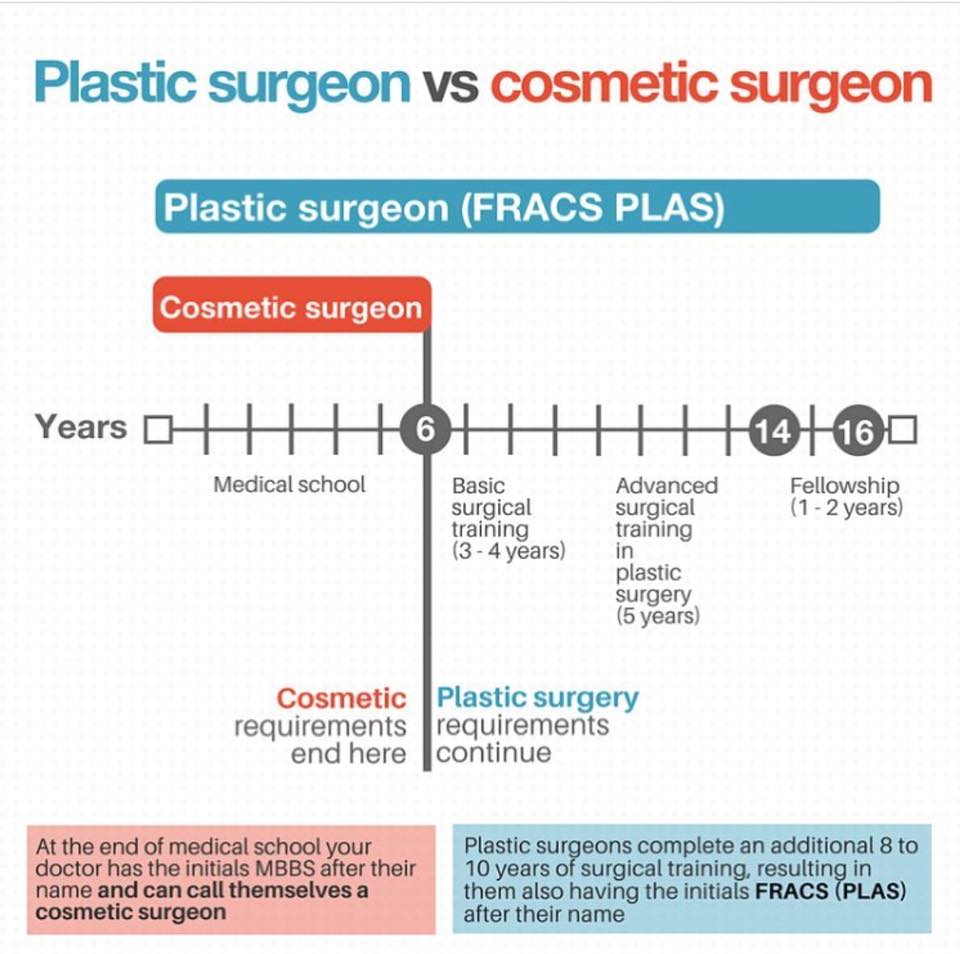Acne outbreaks in the cheek area are caused by many points, from touching your face often to not transforming your pillowcase frequently sufficient. Picking at acnes increases your threat of infection and scarring, and certain medicines can aggravate dark spots (postinflammatory hyperpigmentation).
Luckily, there are lots of methods to avoid and deal with cheek acne. These consist of:
1. Hormonal Modifications
Acne is mostly triggered by hormones, especially those produced during puberty and pregnancy. For some, a family history of acne might additionally add to their problem. Anything that blocks pores, such as oil-based skin treatment products or waxy hair products, can trigger acne. Various topical therapies, like benzoyl peroxide and salicylic acid, can deal with microorganisms and unclog pores. Those with serious or chronic acne ought to seek treatment from their doctor.
Stay clear of touching or pressing your acne, as this can press a few of the bacteria deeper into the skin, leading to an extra extreme outbreak. It is likewise important to change pillow cases on a regular basis and utilize clean makeup brushes. You should additionally attempt to prevent irritants such as friction from wearing a headgear or limited collar.
2. Diet plan
The greasy, sugary foods that many individuals assume trigger acne might really not do so. Actually, researches have actually shown that eating a diet regimen abundant in whole, nutrient-dense foods helps to stop outbreaks.
Foods high in the glycemic index (such as white bread, corn flakes, puffed rice and potatoes, doughnuts and other breads) increase blood glucose levels promptly, and this can raise hormonal agents that increase oil production and bring about acne.
Consuming alcohol cow's milk has also been connected to enhanced acne breakouts. If you are a normal cow's milk enthusiast, you might intend to attempt switching to low-fat or nondairy choices that are strengthened with calcium. Additionally, drinking even more water can assist to decrease acne due to the fact that it assists to keep the skin hydrated.
3. Excess Oil
While oil is essential for healthy and balanced skin, it can become a trouble when way too much sebum combines with dead skin cells and blocks pores. This mix can create blackheads, whiteheads and acnes. The blocked pore wall can break down and spill microorganisms, dead skin cells and sebum into bordering skin. This leads to a red bump known as an acne. Often these red bumps have pus in the center from a microbial infection. Larger contaminated bumps that appear like acne are called cysts.
There are many points that can trigger excess sebum and clogged pores, including hormone variations, diet regimen and daily behaviors. Some examples consist of touching the face often, resting your hand on your cheek, making use of dirty make-up brushes and not changing pillow cases frequently.
4. Stress
If you're taking care of throbbing acnes or a slew of blackheads and whiteheads, it might be time to speak with a skin doctor. They can suggest a reliable treatment that matches your skin type. Exercising relaxation and stress-reduction strategies likewise aids.
Acne can occur in the cheeks as a result of friction and stress, such as when a person touches their face regularly or wears a hat or sporting activities helmet that rubs versus the skin. It can also appear where oily cosmetics and lotions scrub against the skin.
Prevent squeezing acne, as this can push contaminated material deeper right into the skin and lead to scarring. Rather, see a medical professional to discover preventative therapies like medication, skin treatment products and way of life adjustments. Eating a healthy and balanced diet of whole foods, obtaining seven to 9 hours of rest and using noncomedogenic make-up and skin care products can all help in reducing acne outbreaks.
5. Hair Products
Hair products are not normally thought of as a root cause of outbreaks, but they can add to acne on the cheeks in some individuals. Pomade acne, which is defined by tiny shut comedones and papulopustules, is typically brought on by the use of oily hair items that contain comedogenic components such as particular oils and acetylated lanolin.
Choosing hair items that do not contain these potentially comedogenic active ingredients is an important step towards minimizing breakouts. Likewise, making certain that hair products aren't being available in contact with the skin can aid prevent breakouts. As an example, wearing a scarf or hood during the night can botox side effects limit hair-to-face get in touch with and minimize the chance that leave-in hair products will abrade onto the face.
Along with using a non-comedogenic moisturizer and cleaning with an acne face clean, various other useful methods consist of:
